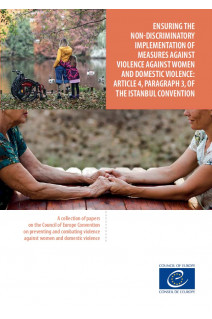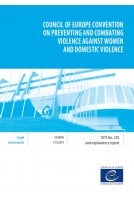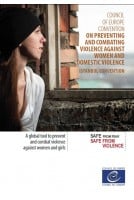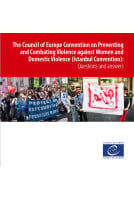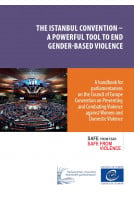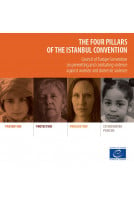A collection of papers on the Council of Europe Convention on preventing and combating violence against women and domestic violence
Article 4 – Fundamental rights, equality and non-discrimination
3. The implementation of the provisions of this Convention by the Parties, in particular measures to protect the rights of victims, shall be secured without discrimination on any ground such as sex, gender, race, colour, language, religion, political or other opinion, national or social origin, association with a national minority, property, birth, sexual orientation, gender identity, age, state of health, disability, marital status, migrant or refugee status, or other status.
INTRODUCTION SCOPE OF ARTICLE 4, PARAGRAPH 3 INTERSECTIONALITY AND GENDER-BASED VIOLENCE AGAINST WOMEN: MAIN NOTIONS AND DIFFERENT APPROACHES
Focus on identities
Focus on groups
Structural intersectionality
OVERVIEW OF APPROACHES FOUND IN THE MONITORING PROCEDURE REGARDING ARTICLE 4, PARAGRAPH 3, TO ENSURE THE IMPLEMENTATION OF THE CONVENTION WITHOUT ANY DISCRIMINATION
Terminology
General approach
Attention to groups or policy dimensions
Mainstreaming Strategies
Mainstreaming actions on gender and on gender-based violence against women into general policies
Mainstreaming diversity into policies on gender-based violence against women
Strategies addressing structural discrimination
Fighting stereotypes and bias
Fighting inequality and discrimination
INTERPRETING THE OBLIGATIONS OF THE ISTANBUL CONVENTION THROUGH AN INTERSECTIONAL LENS
Prevention
Protection
Prosecution
Policy coordination and data collection
CONCLUSION CHECKLIST KEY RESOURCES BIBLIOGRAPHY
